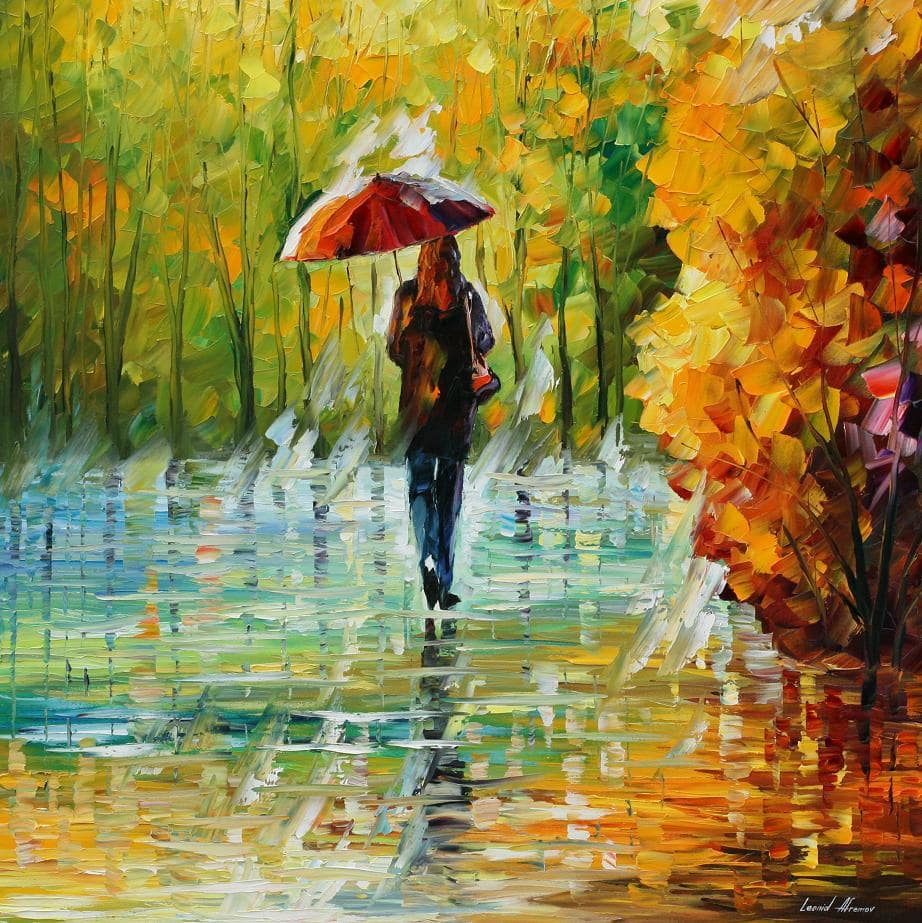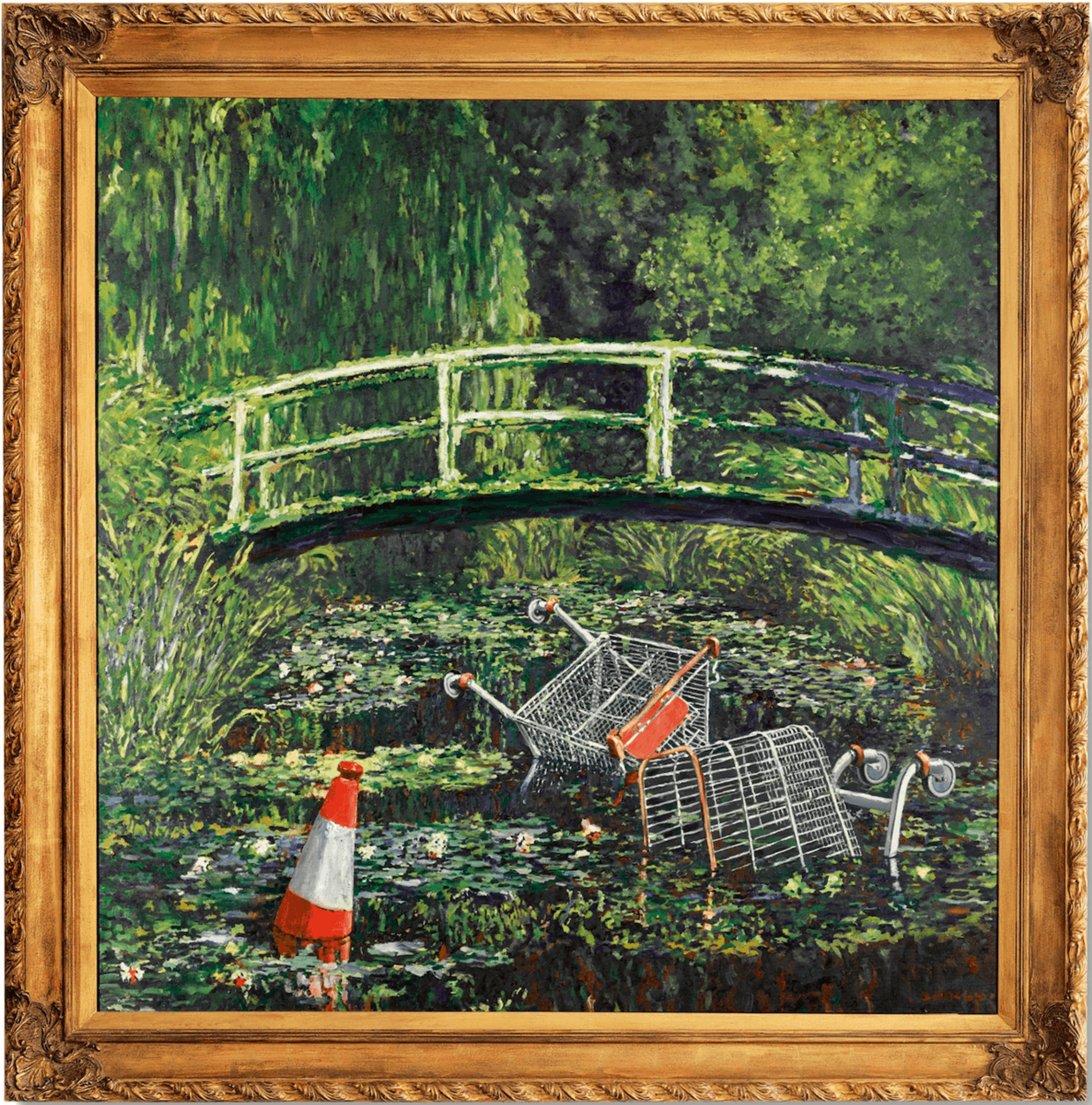Checking out All Regarding Oil Paintings: A Guide to Understanding Their Beauty and Worth
Oil paints have actually astounded target markets for centuries, providing a peek into the creative proficiency of various ages. Their abundant history is linked with innovative strategies and profound emotional expression. Comprehending the materials and approaches behind these art work can boost admiration. In addition, the market for oil paints provides chances for financiers and collectors alike. As one discovers this remarkable globe, the question arises: what makes an oil paint really valuable?
The Background of Oil Painting: A Trip With Time
Oil painting has origins that date back to old times, it really flourished during the Renaissance, when musicians discovered its convenience and abundant color possibility. Early examples can be mapped to the 7th century, with strategies progressing notably throughout cultures. The tool came to be popular in Northern Europe in the 15th century, particularly with the jobs of artists like Jan van Eyck, who spearheaded its use for in-depth realistic look and dynamic tones. This duration noted a departure from tempera paints, permitting for greater depth and structure. As oil paint spread, it influenced numerous musicians, leading to masterpieces by prominent figures such as Leonardo da Vinci and Rembrandt. The medium's tradition proceeds, forming the art world well into contemporary times.
Recognizing Oil Paints: Materials and Techniques
As artists discover the globe of oil paints, they encounter a diverse range of materials and techniques that define this medium. The key parts of oil paint include pigments, which offer color, and drying oils, such as linseed, that bind the pigments and assist in application. Different ingredients can change the paint's texture and drying out time, improving flexibility. Techniques like glazing, where transparent layers are accumulated, and impasto, which entails using thick paint, allow for different aesthetic impacts. Additionally, making use of brushes, combination blades, and also fingers can produce special appearances and coatings. Recognizing these strategies and products makes it possible for musicians to totally share their creative thinking and accomplish the preferred impact in their artwork.
The Duty of Shade in Oil Paints
Shade plays an essential function in oil paints, influencing both visual allure and psychological vibration. Comprehending shade concept basics, consisting of the connections in between colors, can enhance a musician's capability to share mood and environment. Furthermore, mastering shade mixing methods allows for better depth and splendor in a painting's palette.

Shade Theory Basics
Recognizing shade theory is vital for musicians collaborating with oil paints, as it forms the structure for creating visually engaging and unified make-ups. Color concept incorporates the research of exactly how colors interact, the shade wheel, and the connections between key, second, and tertiary colors. Musicians utilize complementary colors to boost contrasts and develop focal points, while analogous shades promote unity and cohesiveness within an item. Furthermore, the concepts of great and warm shades affect the perception of deepness and space in a paint. Comprehending these principles permits artists to manipulate color properly, assisting the audience's eye and communicating their desired message. Mastery of shade theory ultimately improves an artist's capacity to convey feelings and ideas with their job.
Emotional Influence of Color
The emotional influence of color in oil paints plays a critical role in exactly how visitors view and connect with artwork. Shades stimulate specific feelings and state of minds, affecting the viewer's emotional state. Cozy tones like reds and oranges can create a sense of warmth and power, while cool tones such as blues and greens typically stimulate calmness or introspection. Artists strategically choose color palettes to enhance narrative elements, guiding the target market's emotional journey. The saturation and contrast of colors further amplify these effects, attracting interest and producing emphasis. Ultimately, the interplay of shades in oil paintings not only enhances their visual allure however likewise functions as a powerful tool for psychological expression, enhancing the audience's experience and interpretation.
Color Combining Techniques
While lots of elements of oil painting add to the general composition, mastering shade mixing techniques is essential for accomplishing desired effects and deepness. Shade blending can be approached through various methods, consisting of the subtractive and additive procedures. Additive mixing entails incorporating shades of light, while subtractive mixing counts on pigments, where shades mix to produce new tones. Musicians commonly use a limited combination to produce harmonious jobs, recognizing the partnerships between primary, second, and tertiary shades. Techniques such as glazing and scumbling further boost depth and luminance. By masterfully mixing colors, a musician can evoke feelings, produce focal points, and attain a sense of realistic look, inevitably elevating the paint's psychological and aesthetic influence.
Famous Oil Painters and Their Iconic Works

Well known for their mastery of shade and strategy, oil painters have produced some of the most here renowned art work in background. Distinguished artists like Vincent van Gogh mesmerized audiences with his stirring brushwork in "Starry Evening," while Claude Monet's "Impression, Daybreak" laid the foundation for Impressionism. Leonardo da Vinci's "Mona Lisa" stays an enduring sign of imaginative genius, showcasing his ability in recording human expression. Rembrandt's "The Night Watch" highlights his cutting-edge usage of light and shadow. Other notable figures consist of Pablo Picasso, that reinvented modern-day art with his vibrant trial and error in works like "Les Demoiselles d'Avignon," and Georgia O'Keeffe, whose dynamic depictions of landscapes and blossoms assisted define American innovation. Each musician's distinct style added significantly to the oil paint landscape.
How to Examine the Quality of an Oil Painting
Assessing the quality of an oil paint includes a careful analysis of craftsmanship techniques, along with an analysis of shade and structure. Observing brushwork, layering, and the application of paint can reveal the artist's skill level. Furthermore, the interplay of shades and the general arrangement of aspects contribute substantially to the painting's visual value.
Analyzing Craftsmanship Strategies
A precise assessment of craftsmanship strategies is necessary for figuring out the quality of an oil painting. Critics ought to initially check out the application of paint; thick, textured brushstrokes might suggest a skilled hand, while excessively consistent applications could show a lack of depth. oil paintings for sale. The layering method is also essential; the presence of lusters and varied density can enhance luminance and complexity. Additionally, the high quality of the materials made use of, such as the canvas and pigments, plays a significant duty in toughness and overall visual. Interest to information in aspects like edges and changes between shades reflects the artist's dedication to their craft. Eventually, these strategies contribute to the paint's psychological effect and market price, acting as indications of the artist's skill and intent
Analyzing Color and Make-up
While evaluating the high quality of an oil paint, one need to concentrate on the interplay of shade and make-up, as these components are fundamental to the artwork's total influence. Color choices can establish and stimulate emotions mood; for that reason, the musician's combination ought to be analyzed for consistency and comparison. A healthy make-up routes the visitor's eye and produces a feeling of unity. Musicians usually use strategies like the policy of thirds or leading lines to boost visual interest. Additionally, making use of light and shadow can include deepness, boosting the three-dimensionality of the paint. Inevitably, an effective oil painting marries color and make-up, involving the audience and inviting a deeper appreciation of the musician's vision and method.
Caring for and Preserving Oil Paintings
Proper treatment and conservation of oil paints is essential for maintaining their stability and longevity. To protect these artworks, it is essential to show them away from straight sunshine, which can cause fading and staining. Preserving a stable setting with regulated temperature and moisture further help in protecting against damage. Cleaning need to be done carefully making use of a soft, completely dry fabric, avoiding any kind of extreme chemicals that might harm the paint or varnish. Normal assessments for indications of deterioration, such as cracking or flaking, are recommended. When transferring or saving oil paintings, correct extra padding and framing are essential to avoid physical damage. Inevitably, persistent care adds to the aesthetic appeal and worth of oil paintings with time.
The Marketplace for Oil Paints: Gathering and Investing
Understanding the marketplace dynamics for oil paints is crucial for capitalists and collection agencies alike. The worth of these artworks is affected by different factors, consisting of the artist's online reputation, historical significance, and present trends. Collection agencies usually look for items that resonate directly while considering possible appreciation in worth. Auctions and galleries work as primary locations for trading, with rates rising and fall based on need and rarity. Purchasing oil paintings needs study into the marketplace, along with an understanding of authenticity and provenance. Additionally, arising artists may offer chances for substantial returns, while developed names can regulate high prices. Generally, a strategic method to gathering can produce both aesthetic pleasure and financial rewards.

Frequently Asked Inquiries
What Are the Environmental Effects of Oil Painting Materials?
The ecological effects of oil paint products consist of the launch of unpredictable natural substances (VOCs), hazardous waste generation, and resource extraction for pigments. These elements add to contamination and eco-friendly deterioration, elevating issues among eco mindful artists and consumers.
Just How Do Various Canvases Influence Oil Paint Results?
Different canvases affect oil painting results significantly. Appearance, absorbency, and surface area high quality can change paint application, drying times, and shade vibrancy. Musicians usually pick details canvases to accomplish preferred effects and enhance their imaginative expression.
Can Oil Paintings Be Restored if Damaged?
Oil paints can without a doubt be restored if damaged. Professional conservators use various strategies to fix splits, clean surface areas, and address staining, making sure that the artwork retains its initial appeal and value for future generations.
What Are the Indicators of an Original Oil Paint?
The indications of an initial oil painting consist of visible brush strokes, appearance variations, and an uneven canvas weave (oil paintings for sale). In addition, authenticity might be verified through provenance, trademarks, and the existence of a varnish layer unique to oil tools
How Has Modern Technology Influenced Modern Oil Painting Techniques?
Innovation has substantially influenced modern-day oil painting strategies by introducing electronic tools for planning, boosted materials for appearance and longevity, and on the internet platforms for sharing and offering art, thereby broadening artists' imaginative opportunities and target market reach. Oil painting has origins that date back to old times, it really thrived during the Renaissance, when musicians found its flexibility and rich shade capacity. The psychological effect of color in oil paints plays a critical duty in exactly how viewers link and regard with art work. While numerous facets of oil paint contribute to the total structure, understanding shade mixing techniques is crucial for accomplishing desired results and depth. Evaluating the top quality of an oil painting entails a cautious assessment of workmanship techniques, as well as an evaluation of color and structure. While examining the quality of an oil paint, one should concentrate on the interplay of shade and composition, as these elements are essential to the art work's overall influence.